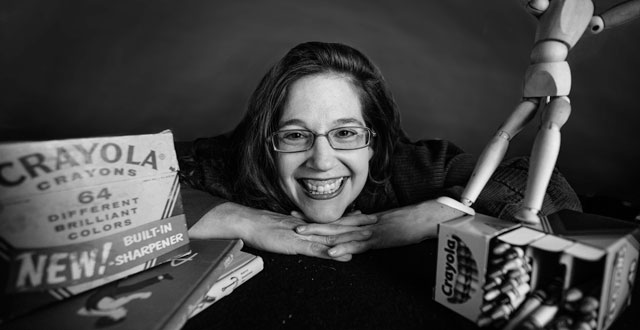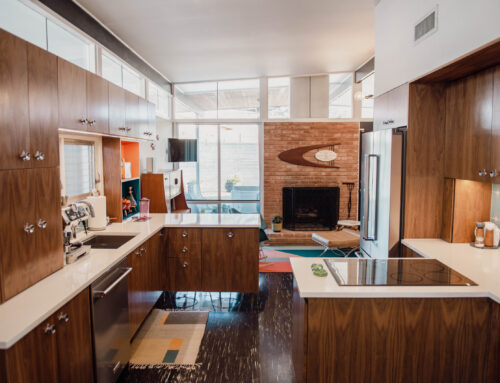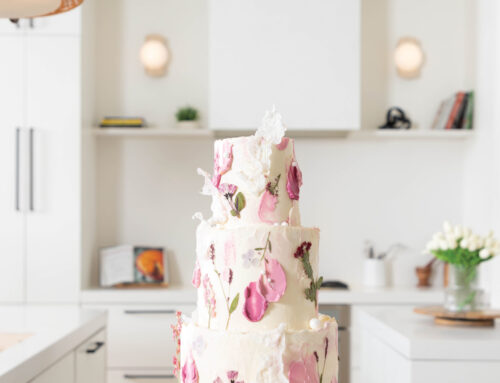
Marney Makridakis: Photo by Scott Mitchell
Since 2002 Lake Highlands neighbor Marney Makridakis has run artellaland.com, an online community for writers, artists and creative entrepreneurs. (She’s not the first in her family to encourage creative camaraderie; she’s the daughter of Arthis Kliever, aka Mrs. K, who ran Launa’s Little Library for 12 years.) In November Makridakis published her second book, “Hop, Skip, Jump: 75 Ways to Playfully Manifest a Meaningful Life.” She says it’s about “making work feel like play as often as possible.”
Your website is a resource for creative types. Is that the audience for “Hop, Skip, Jump”?
The work I do in my online community is primarily with creatives, but this book is really intended to have a much broader audience — from the college-bound graduate to the retiree — anybody looking to bring some more meaningful play into their lives. [The book is] about the blending of play and productivity, and about being more playful, which for some people could mean being more creative, but it also could mean just tapping into the things you do for fun, which could be anything from going fishing to singing in a choir to taking long walks to playing jacks. So it’s really about letting ourselves tap into the spontaneous freedom of play that we’ve lost from childhood, that we’ve lost in this very result-driven, goal-oriented society. We’ve equated working hard with being successful, and [believe that] working hard necessarily means we’re doing something right, that we’re achieving something.
But we’re not having as much fun …
These days we’re in such a revved-up mode. And to counteract that, we just numb out. We escape to video games or getting lost on Facebook or watching mind-numbing TV, and what’s happening is that we’re losing what really fulfills us. My goal is that anybody can reach for this book, open it literally to any page, and get a tip for something to try to change perspective and get a little play in.
You have a 6-year-old son. Since this book is about play, did he inspired you in any way?
Totally. There are so many stories about him in the book. He has taught me so much because it just comes so naturally to children. They don’t have to try to play. One time when I had a big ‘a-ha’ was when I was sitting down with him and I asked him, ‘What should we play?’ and he kind of looked at me and said, ‘We’ll just play.’ You don’t have to plan to play anything. That was really important to me in this book. I didn’t want it to be a heavy, weighty topic. Being around kids and watching their natural inclinations really brings back this idea that play isn’t really just an activity, it’s a state of mind, it’s where children naturally go to come alive, and where we can certainly return to bring back that sense of aliveness in our lives.
What does the title “Hop, Skip, Jump” refer to?
The three sections [of the book] are Hop, Skip and Jump, and I call those three different phases of the manifestation process, which really just means the process of achieving a goal or creating something, making something happen. Hop is the phase where we’re dreaming and brainstorming and planning and getting in touch with what we really want. Skip is the phase in which we’re experimenting, exploring, trying new things, dabbling, really seeing what works and what doesn’t and having a lot of fun and gaining momentum. The Jump phase is when we’re really consciously stepping into action and completing things and really committing full-on to completion. The book starts out with a quiz [available online at artellaland.com/play.html] where you can see which of these three styles you’re most naturally inclined toward. It can really help us understand a lot about ourselves and perhaps ways in which we’ve collaborated with other people. We all have a phase in which we’re more comfortable — one isn’t better than the other — and the idea is to blend all three of them. The 75 ways are organized so that there are 25 tools or concepts for each one of those.
If you could give readers one piece of advice about using play and creativity, what would it be?
I would say think back to what you enjoyed as a child — what toys or games or activities did you enjoy? Because that could give you a clue about what play could look like for you now. Going back to childhood is a way to really get in touch with something you may not have really thought about for a while, and something that’s really true to you. If we’re in the middle of a busy day, actually taking the time to step into something that is purely playful and relaxing and fulfilling for 10 minutes actually creates more time, because we come back with more energy and focus.
Learn more at artellaland.com.
This interview has been edited for brevity and clarity.





